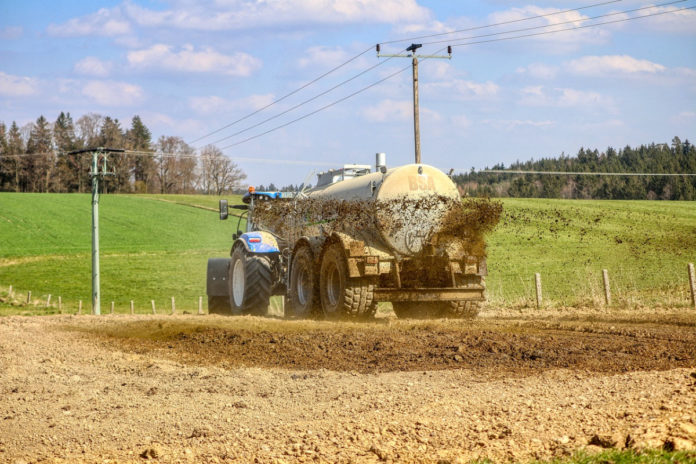Once the growing season arrives farmers begin to apply nutrients to their lands, writes Mary Roache, ASSAP Advisor, Teagasc Westport
This can be in the form of chemical fertilisers or organic fertilisers. Organic fertiliser includes soiled water, effluents, farmyard manure, slurry etc.
Buffer strips
As well as abiding by the regulations governing good practice when deciding to apply these fertilisers, the farmer must also know the relevant buffer zones. A buffer zone is a no spread area which is used for the protection of water against pollution.
The loss of nutrients to our waters is causing a decline in water quality. As a country, we are required to have all our waters achieving “good status” by 2021, which is a goal we must all work towards. Nitrogen and Phosphorous loss from agriculture are the main nutrients which are prone to loss and contributing to the decline in this regard.
Nutrient loss
Nutrient enrichment occurs when excess nutrients are not retained on land or used by the growing crop and subsequently are lost to water. Phosphorous is most prone to loss from low permeability soils or soils which are peaty in nature. This loss occurs through overland flow of water which carries sediment and P into drains and surface waters.
Conversely, most Nitrogen losses occur from free draining and light soils, as N does not bind tightly to soil. The application of more N than the growing plant can take up leads to loss through leaching downwards through the soil to waters.
In all cases to mitigate against the loss of N and P to waters we can “Break the Pathway” through the use of buffer strips.
A buffer strip may be fenced or unfenced, planted with trees or just grass, but in all cases acts to intercept and take up excess nutrients before they negatively impact on water. Buffer strips are no spread zones for nutrients.
Ditches and drains are designed to remove water from fields but act as corridors and connecting pathways for nutrients and so buffer strips should be sited along these areas of potential loss.
The following buffer strips must be maintained:
You Must Not Spread
- Chemical fertiliser on land within 2m of surface waters
You Must Not Spread Organic Manure Within
- 5m of surface waters (extends to 10m for first 2 and last 2 weeks of open season);
- 10m of surface waters where the slope towards water exceeds 10%;
- 15m of exposed cavernous or karst features such as swallow holes;
- 20m of lake shoreline;
- 25-200m of water abstraction point for human consumption.
Please contact your advisor, prior to application of fertilisers, if you are in any doubt about which buffer zone you should abide by.





